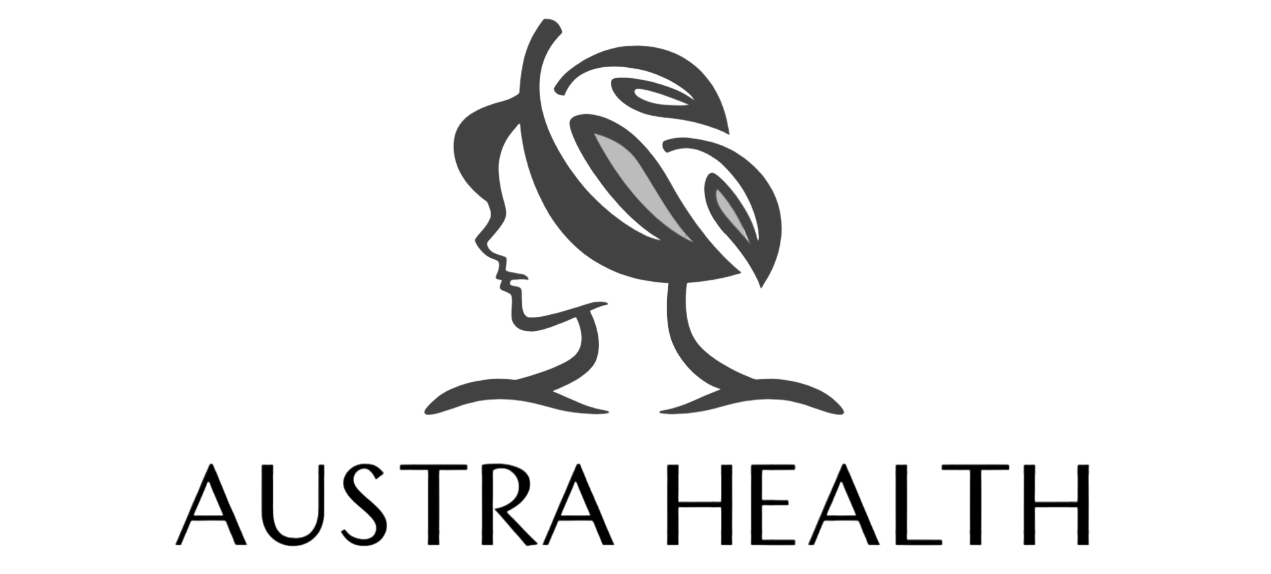What to Know About Liposuction
Liposuction is a common procedure that can help with targeted fat removal. There are several types of liposuction, each with its own pros and cons. The procedure carries several risks, so working with a qualified surgeon is key.
Liposuction is a cosmetic surgery designed to remove undesired fat from the body. The procedure involves using a narrow tube, called a “cannula,” to loosen and suction the fat. Nicknamed “lipo,” liposuction is one of the top five most popular plastic surgeries in the world.
Liposuction can be done almost anywhere on the body, including the hips, butt, thighs, stomach, arms, neck, or back.
Here’s what else to know about this common cosmetic procedure.
People opt for liposuction to remove fat from certain areas of the body. The amount of fat liposuction can target is fairly limited, which makes it better suited for targeted fat loss rather than all-over weight loss.
Keep in mind that liposuction won’t remove dimples, stretch marks, or cellulite.
Most of the time, liposuction is done for cosmetic reasons rather than health reasons. Sometimes, though, it may help with certain health concerns such as:
Generally, liposuction involves the following steps, though there may be variations depending on the type you choose:
- A surgeon will use local anesthesia to reduce pain or discomfort. For some people, an anesthesiologist may use general anesthesia.
- The surgeon will make small incisions, using a scalpel, to the treatment area.
- The cannula, a narrow tube, will be woven through these ports in order to loosen the targeted fat. The surgeon will use a side-to-side or back-and-forth motion to get it moving.
- They’ll suction the loosened fat from the body with a vacuum-like tool or a syringe.
- The treatment region will be stitched back up.
The surgery can take anywhere from 30 minutes to several hours, depending on the size of the area involved. Liposuction may be done in either an office or hospital setting, based on the amount of fat being removed.
There are four main varieties of liposuction:
- Tumescent liposuction (fluid injection):Tumescent liposuction is the most popular type of liposuction, though it tends to take longer than other approaches.
- The procedure involves injecting a medicated solution into targeted areas.
- The solution contains an anesthetic, epinephrine, to contract blood vessels and an IV salt solution that’s suctioned up with the fat.
- This method takes less time but also may require more sedatives to reduce pain.
- You might also come across “wet” and “dry” techniques that use even less fluid or none at all, but these techniques aren’t common because they’re associated with higher amounts of blood loss.
- This method is especially useful for removing fat from fibrous areas, such as the lower back.
- It’s sometimes used in combination with the tumescent technique.
- Once the cells are liquefied, they’re either drained out through tiny tubes or suctioned out.
- The tubes are smaller than the ones used in other types of liposuction, which makes the procedure better for areas of the body like the face, neck, or chin.
- The laser energy helps stimulate collagen production, which could potentially help reduce post-procedure sagging.
Before the procedure, plan to do the following:
- Talk with a surgeon about your goals and expectations. Together, you can decide on a plan that works for you.
- Discuss your health, lifestyle, dietary patterns, and any medications or supplements you may be taking.
- Ask a surgeon any questions you may have about the procedure.
- With support from a surgeon, determine the right type of anesthesia for you. The type you choose will influence how to best prepare for the procedure.
- Follow the care team’s instructions carefully for what to do on the day of the surgery. If you smoke, you’ll likely be asked to stop for 1 to 2 weeks before the procedure.
- Arrange for someone to drop you off and pick you up from the surgery. Most of the time, you can go home on the same day.
Here’s what to expect as you recover from liposuction:
- First 3 days: You’ll experience quite a bit of pain and discomfort, but you’ll be instructed to take over-the-counter or prescription pain-relieving medication. Additionally, you may want to do the following:
- Plan to rest up and wear your compression garment or bandages as directed. This regimen will help soothe pain and swelling and help your body heal in the correct position.
- Drink plenty of fluid and avoid excess salt to reduce swelling.
- Plan to enlist help with even basic tasks like cleaning, cooking, or caring for children.
Keep in mind that it takes time for swelling to subside and skin to tighten, so you may not see the full results for 3 to 6 months.
Liposuction is considered a permanent procedure, and you typically only need one treatment to see results.
The American Society of Plastic Surgeons recommends that you only undergo liposuction if you’re already within 30% of your desired body weight. If you’re looking to achieve goals of more significant weight loss, liposuction may not be the best option.
For the best results, your skin should also be fairly firm and elastic, and your muscles should be reasonably healthy. As your body heals, your skin will mold to the treatment areas. If your skin has poor elasticity or your muscles are untoned, your skin may heal in a loose or uneven way.
In a small 2020 study, researchers found that about 86% of 32 people who got liposuction between 2002 and 2014 said that they’d recommend the procedure to a friend or family member.
Although the results are permanent, there’s always the possibility of gaining weight in the same area after the surgery.
The average cost of liposuction in the United States in 2020 was $3,637. This figure doesn’t include costs related to the operation room or anesthesia.
Since liposuction is typically considered cosmetic, insurance usually won’t cover it. If it’s needed for medical reasons, such as to reduce pain and swelling associated with lymphedema, it may be covered.
Like any procedure, liposuction carries risks, some of which can be serious.
Potential risks include:
- a negative reaction to the anesthetic
- infection
- numbness
- bruising
- scarring
- persistent swelling
- slow or poor wound healing
- loose, lumpy, or rippling skin
- dents in the skin
- deep vein thrombosis
- infection
- undesirable results
- the need for a corrective procedure
- thermal burns (from ultrasonic or laser liposuction)
Since liposuction may come with serious risks, take time to find a qualified expert. It’s best to choose a plastic surgeon who:
- is board certified by a reputable organization, such as the American Board of Plastic Surgery
- has completed at least 6 years of surgical training after medical school (required for U.S. board certification)
- has graduated from an accredited medical school (required for U.S. board certification)
- completes continuing education each year
- specializes in liposuction
- has pictures of previous liposuction work
- works in a clean, hygienic healthcare setting
- is someone you feel comfortable with and who you trust
A reputable surgeon should be able to provide proof of the information above for your peace of mind, so don’t hesitate to ask.
Liposuction is a procedure that can help with targeted weight loss in various parts of the body. There are several types of liposuction, so you’ll want to work with a qualified surgeon to find the approach that will be most effective for you.
Last medically reviewed on April 11, 2023






